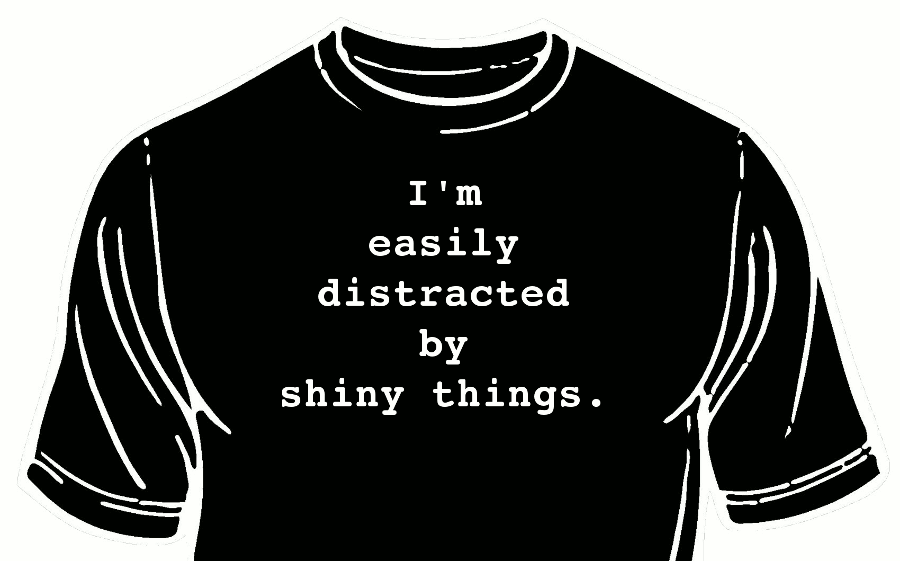
There are over a billion websites — that’s a lot of freaking websites. If you visited one website every second, it’d take you around 32 years to see them all (1 billion seconds is 31.71 years). With that many websites, it’s no wonder why many people and businesses want to make their website stand out in the crowd.
As a web developer, I’m tasked with making things work (making websites functional), and I’d like to take a moment to give my opinion on why flashy websites with lots of animations can hurt your business’ website functionality.
What is the main goal of a business website?
I contend that a business website’s main goal is to convert visitors into customers. If you’ve ever visited a restaurant website and had a tough time finding the location, hours of operation, and/or a menu (hopefully not a PDF download) because that information is buried behind picture slideshows of food or superfluous animations, then you’ve visited a website that’s failed at its goal (here are 100+ gripes about restaurant websites). If you’ve ever visited an online store’s website and can’t quickly find the “shop” page, you’ve visited a site that’s failed at its goal. Want to find the address and phone for a local brick and mortar but are first forced to sit through a full-screen slideshow? Yup. Bad website.
Unless a business is so unique it has no competition, its website needs to engage the visitor with information that visitor wants, and deliver it quickly – before the visitor jumps ship to the next result in their Google search.
Why the flashy and animated can detract from a functional business website
Website Accessibility: Chances are, a portion of visitors are browsing via their mobile device. A website that has a lot of full-screen images or heavy animations and effects will take longer to load on mobile connections and may not work well on smaller screens. Removing these types of elements speeds up the load process and delivers information more quickly and effectively.
Distractions: These days, attention spans are short and people are in a rush. Too many moving parts can distract visitors and make it difficult to find what they’re after. Simplifying the message delivery and cutting to the chase improves your opportunity to connect with your audience.
What does the visitor want? Website traffic is a commodity and quality traffic is difficult to get. Does a visitor want to see a fancy slideshow or do they want to get information? Whether that is making a purchase, finding contact information, learning about a product, whatever; dollars to donuts a business website with easily accessible [insert “whatever”] will convert better than a flashy website. (E.g. this basic doll clothing website is pulling down about $50k / month).
Search engine friendliness: One of the things that makes a website stand out to search engines is the actual text on the website (go figure!). A more basic website with informative text content and easy navigation will be simpler for the visitor to peruse and will experience improved search engine ranking results. Lots of nested HTML elements and the code it takes to make flashy animations work (CSS and JavaScript) can diminish a site’s search engine ranking.
How to make your business website stand out without sacrificing functionality
Subtlety: Leonardo da Vinci said “human subtlety will never devise an invention more beautiful, more simple or more direct than does nature because in her inventions nothing is lacking, and nothing is superfluous.” Good website design is both subtle and engaging: a splash of color, a slight animated effect on a button, an image that fades in – a business website with a lot to offer the visitor lets its content shine and doesn’t let the superfluous detract from that content.
Know your audience and deliver what they want: This is a simple concept, but sometimes difficult to deliver upon since the wants of visitors can be elusive. An effective business website that has cracked this code for their audience makes the pathway to convert visitors to customers dead simple to find and follow. Prominent and easy navigation, contact information that’s not buried, and bold and engaging call-to-action buttons are some basic examples of how to create and deliver a conversion path for website visitors.
If it’s ugly and it converts, is it bad? I’m not saying ugly websites are awesome. I’d much rather engage with a well-designed website than an ugly one. But here’s something to think about: a boring website that converts visitors to customers is better for a business than a flashy website that merely generates “that’s a pretty website” comments and no engagement.
